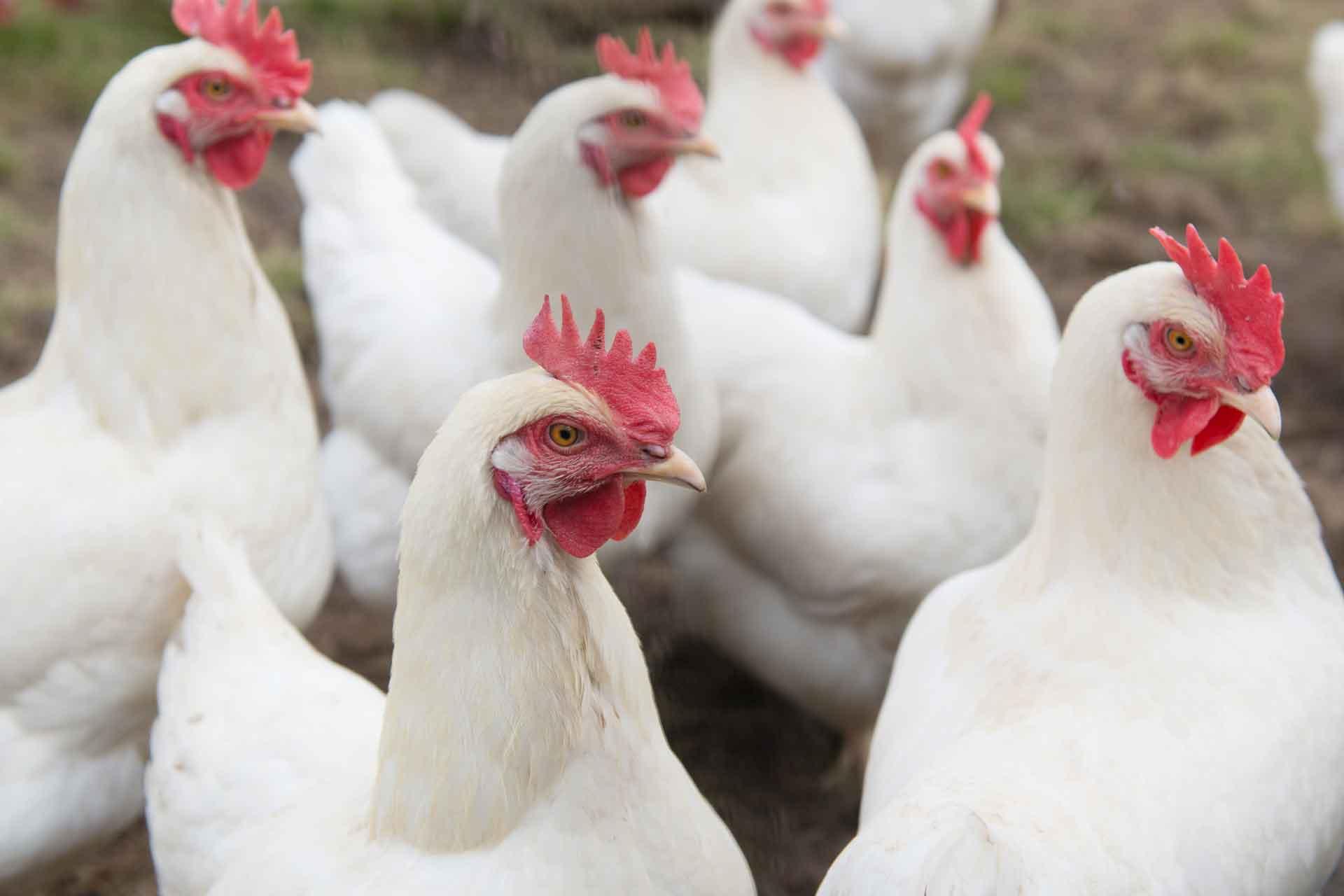TMT-based proteomic analysis reveals integrins involved in the synergistic infection of reticuloendotheliosis virus and avian leukosis virus subgroup J
BACKGROUND: Co-infection with the avian leukosis virus subgroup J (ALV-J) and the reticuloendotheliosis virus (REV) increases mutual viral replication, causing a more serious pathogenic effect by accelerating the progression of neoplasia and extending the tumor spectrum. However, the molecular mechanism underlying the synergistic replication of ALV-J and REV remains unclear.
RESULTS: Here, we performed this study to compare the differentially expressed proteins among CEF cells infected with ALV-J, REV or both at the optimal synergistic infection time using TMT-based quantitative proteomics. We identified a total of 719 (292 upregulated and 427 downregulated) and 64 (35 upregulated and 29 downregulated) proteins by comparing co-infecting both viruses with monoinfecting ALV-J and REV, respectively. GO annotation and KEGG pathway analysis showed the differentially expressed proteins participated in virus-vector interaction, biological adhesion and immune response pathways in the synergistic actions of ALV-J and REV at the protein levels. Among the differentially expressed proteins, a large number of integrins were inhibited or increased in the co-infection group. Further, eight integrins, including ITGα1, ITGα3, ITGα5, ITGα6, ITGα8, ITGα9, ITGα11 and ITGβ3, were validated in CEF cells by qRT-PCR or western blot.
CONCLUSIONS: These findings proved that integrins may be key regulators in the mechanism of synergistic infection of REV and ALV-J, which will provide more insight into the pathogenesis of synergism of REV and ALV-J at protein level.

